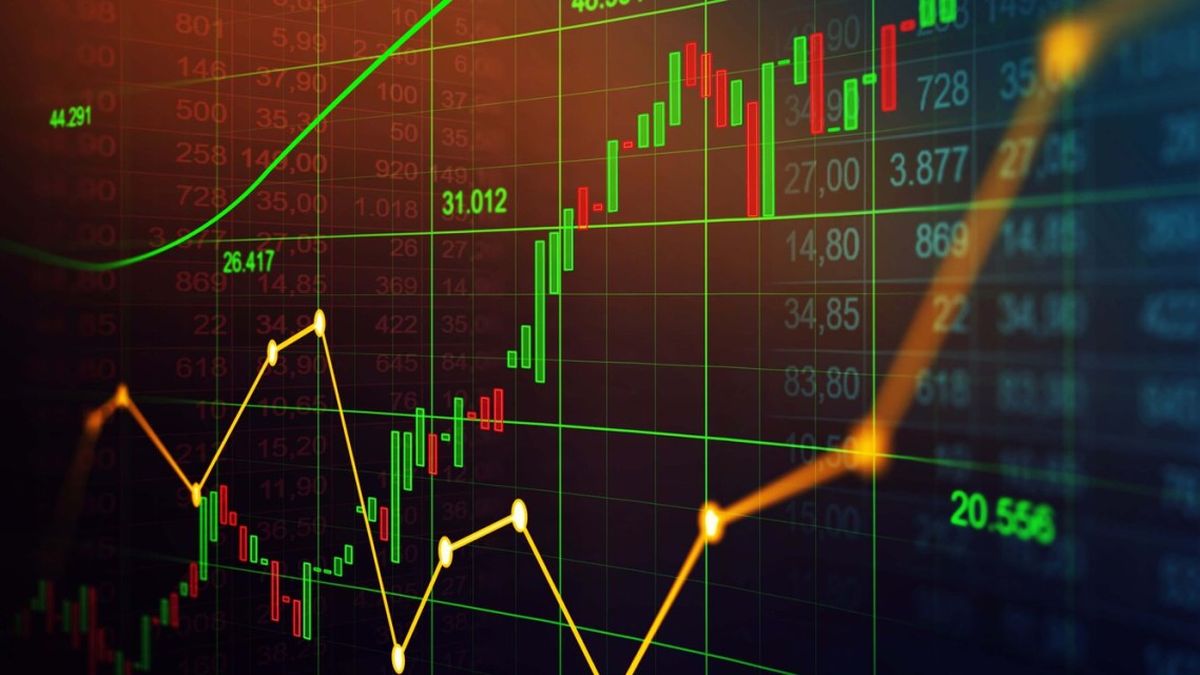The investments in fixed income or bonds They are back on investors’ radar in 2024. After 2022 and 2023 where the reference interest rate in dollars (controlled by the US Federal Reserve or Fed) went from 0.25% to 5.5% In a year and a half, the conservative investment returns, such as American Treasury bonds and “investment grade” corporate bonds, increased to levels not seen since 2009.
Specifically, the Yields to maturity on these investments average more than 4.3% and 5.3% annual, respectively.
With US inflation under greater control by the Fed, dropping to 4.1% in 2023 from 8% in 2022, and with projections for 2024 of 2.4%, the reference interest rate is expected to be gradually cut, up to at least 4.75% according to Fed projections. “The consensus of market analysts even goes further, projecting cuts up to a level of 4%. If any of these estimates are met, the bond market is expected to perform well in 2024,” indicated a report from the PUENTE Investment Advisory team.
Per se, Any cut in reference interest rates has an initially positive impact on the bonds listed in the financial market, translated into price increases. Depending on the term of the bond or its issuer, the positive impact may be greater, less or non-existent, but In average terms it would be favorable in the end.
“What is certain is that by buying a bond from an excellent corporate issuer with yields above 5.3% at maturity, we are buying significantly above the historical average yield from 1999 to today, of 4.4%”, they stated from PUENTE. Not to mention the average yield on American Treasury Bonds in the same period, 2.7%. By effectively maintaining the investment in a bond from an excellent issuer until maturity, said annual return can be ensured, thus exceeding US inflation estimates for the coming years.
In summary, “an opportunity of this style has not been seen in the most conservative fixed income investments since the Great Financial Crisis between 2008 and 2009,” emphasizes the brokerage firm’s Investment Advisory report.
Average returns of the main categories of financial assets
bridge bonds.jpg
Source: PUENTE, Bloomberg, Preqin. Data as of November 2023.
The return of bonds: less growth and inflation, but no recession
This entire context is accompanied by a slowing global economic growth, due to the higher financing costs caused by high interest rates. However, Despite being in a slowdown, global activity and, especially in the US, avoided falling into a recession environmentby showing great resilience in the labor market and in consumption.
Specific, Global growth remained resilient in 2023 at 3.2%, from 3.4% in 2022, and with the expectation of closing at 2.7% in 2024 according to the analyst consensus. In the US, growth would close at 2.4% by 2023, from 1.9% in 2022, and with the expectation of reaching 1.4% in 2024 according to the Fed. In effect, less growth and less inflation, but with enough resilience to avoid a recession. This scenario is known as a “soft landing” of the economy..
In a soft landing we can expect a financial market with the following characteristics: “Attractive returns in fixed income or bonds due to high levels of yield and the expected cuts in reference interest rates, a positive although modest performance for the equity or stock market, and an environment of diverse opportunities for the world of Alternative Investments, such as Private Equity, Private Credit, and to a lesser extent, Real Estate in developed economies”, stated the PUENTE Investment Advisory Team.
Source: Ambito
I am a 24-year-old writer and journalist who has been working in the news industry for the past two years. I write primarily about market news, so if you’re looking for insights into what’s going on in the stock market or economic indicators, you’ve come to the right place. I also dabble in writing articles on lifestyle trends and pop culture news.




